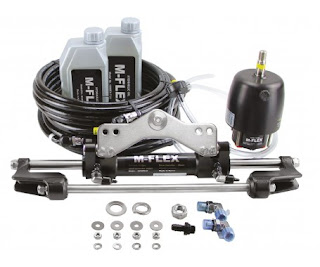Introduction: Hydraulic steering systems play an important role in the automotive industry, providing drivers with precise control and maneuverability. To ensure the optimal performance and safety of these systems, rigorous testing and validation procedures are essential.We will explore the key steps involved in testing and validating hydraulic steering system . Initial Inspection and Pre-Testing Preparation: Before diving into testing, a thorough inspection of the hydraulic steering components is crucial. Check for any visible damage, leaks, or wear. Ensure that all connections are secure and that the system is properly lubricated. Pre-testing preparation also involves verifying the system's compliance with design specifications and industry standards. Functional Testing: Functional testing is the first step in evaluating the hydraulic steering system. This involves assessing the basic functionality of the system, including the responsiveness of the steering wheel, fluid press...



Comments
Post a Comment